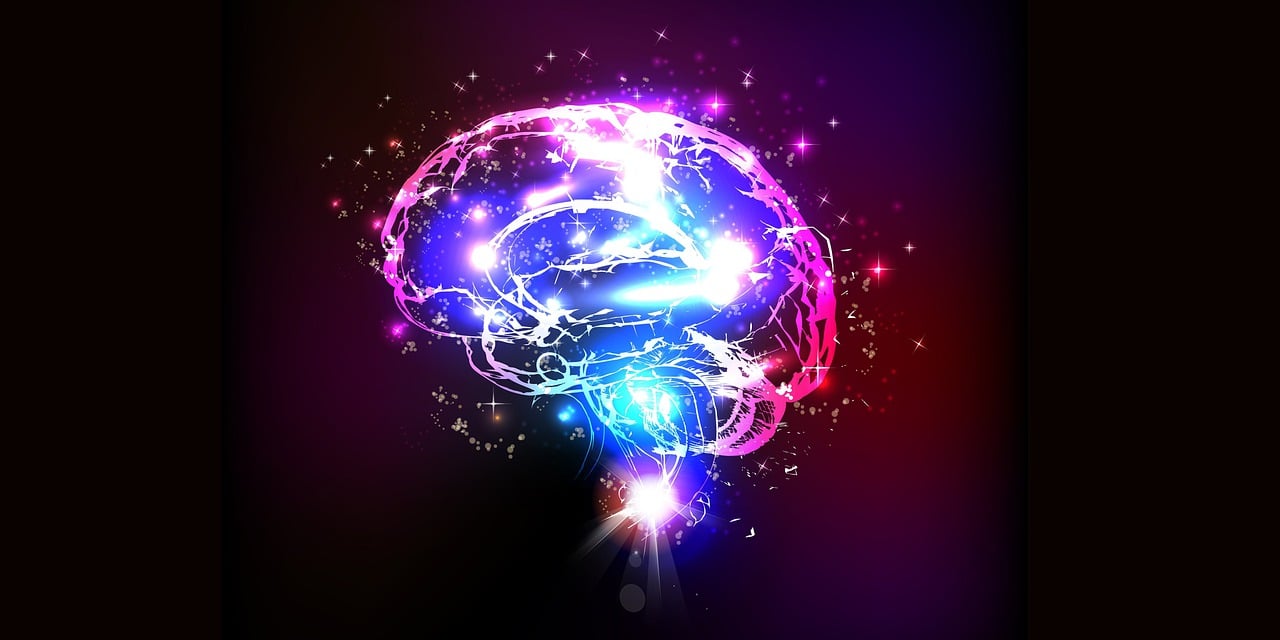Research Overview
Introduction
Cerebral Cortex and Human Intelligence
The cerebral cortex, the outermost layer of the brain, has been extensively studied in medical science. It is often cited as the primary factor that distinguishes humans from other species, granting us superior intelligence.
The Cro-Magnons, who succeeded in replacing the Neanderthals and became the ancestors of modern humans, possessed a larger frontal lobe, which may have given them a strategic advantage. For many years, Neanderthals were thought to be primitive beings without language.
However, recent archaeological discoveries have challenged this assumption. In a Neanderthal cave, a grave was found containing the remains of an individual with a broken arm, which would have made hunting impossible. Advanced technology revealed that this person had been cared for by their community. Additionally, numerous flowers of different species were placed in the grave, as confirmed by pollen analysis.
This evidence suggests that Neanderthals had some form of communication system, enabling social welfare and collective living. Whether this communication was verbal language remains uncertain, but their ability to function as a social unit is undeniable.
The Role of the Frontal Lobe and Weapon Development
One distinguishing trait of Cro-Magnons was their use of projectile weapons, such as throwing spears. Their frontal lobe development enabled them to create sophisticated tools and weapons, a trait that has been passed down to modern humans.
The sharpening of stone tools on only one side to create throwing spears was an early example of cumulative technological advancement, a concept that modern machines excel at—incremental improvements in simple tasks leading to complex technologies.
However, this analog method of accumulation has its weaknesses:
If one process fails, the entire system collapses.
In contrast, digital processing (where multiple tasks run in parallel) allows failures to be compensated by alternative functions.
The Subconscious Mind and Digital Processing in the Brain
The human brain also contains parallel processing systems similar to digital computing.
For example, without conscious thought, humans can:
Breathe while keeping the heart beating
React to temperature (goosebumps when cold, sweating when hot)
Track objects with their eyes (detecting sound direction, shifting focus, adjusting body balance for movement)
All of these processes occur instantly and subconsciously, without requiring text-based logical reasoning. This “unconscious digital processing” is the essence of the subconscious mind.
Quantum Mechanics and the Brainstem
Recent advances in quantum measurement techniques suggest that these subconscious digital functions are controlled not by the cerebral cortex, but by the brainstem, cerebellum, and surrounding regions.
However, a comprehensive model of these brain functions has yet to be developed. This lack of understanding is similar to our past misconceptions about Neanderthals, where the assumption that language must exist first led to a misunderstanding of human intelligence.
A New Approach to AI: Beyond Text-Based Systems
Consider this:
When you recall your first love, do you describe them in exact measurements?
“165 cm tall, dark brown-black hair, a 0.7 cm mole 0.5 mm above the right side of the mouth…”
Or do you instantly recall their face, silhouette, presence, scent, or voice?
This demonstrates that subconscious memory is not stored as text-based data but as sensory and experiential information.
Most past artificial intelligence systems, such as translation software and chess engines, have been built using text-based logic.
My research in artificial intelligence begins by moving away from text-based processing and instead constructing AI models based on quantum energy—the same visible light quantum energy that forms human perception.

